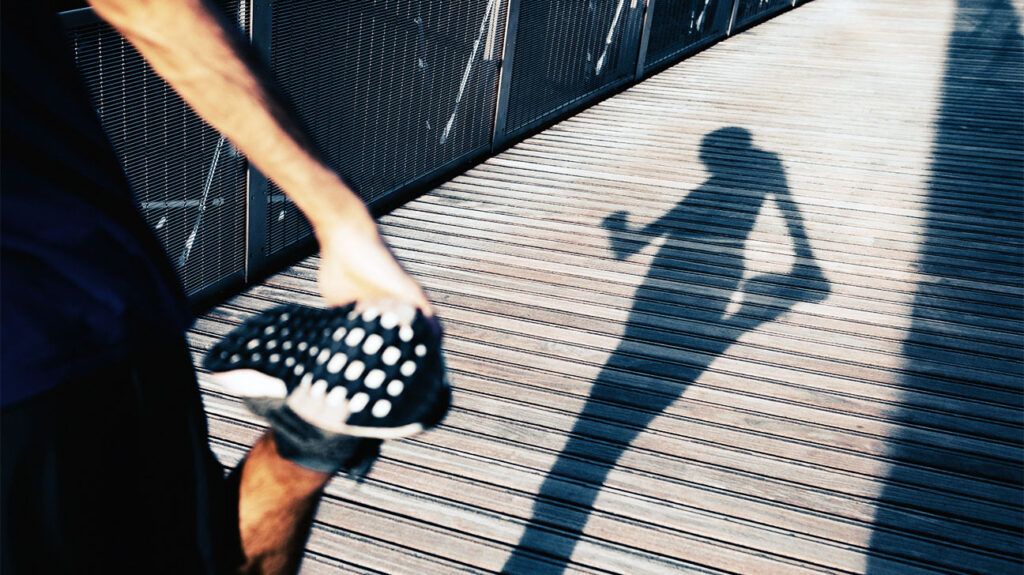It is quite common for gait and balance to undergo changes as we grow older, which may eventually result in falls.The changes occur as a result of the weakening sensory systems, including vision and hearing, along with the neuromuscular system.A recent study indicates that a person’s capacity to maintain balance on one leg could serve as a dependable sign of neuromuscular aging.The research affirms that incorporating balance-enhancing exercises is crucial throughout every phase of life, and should be upheld through one’s senior years to reduce the risk of falls.With the enhancement of healthcare and living standards, longevity is on the rise globally. The World Health Organization has stated that the average healthy life expectancy worldwide has risen from 58. 3 years in 2000 to 61. 9 years in 2021. Nevertheless, the additional years of life are not necessarily accompanied by good health. In the United States, despite the Centers for Disease Control and Prevention stating a life expectancy of 77. 5 years, the number of healthy years decreased from 65. 8 years to 63. 9 years between 2000 and 2019.During their later, less healthy years, many individuals may notice alterations in their gait and balance, typically resulting from deteriorating eyesight or hearing, as well as changes in their neuromuscular system. The various modifications have the potential to result in falls, a leading factor contributing to mortality among older individuals.The pace at which neuromuscular aging occurs can vary significantly, with biological age reflecting the functioning of individuals as they age, influenced by a combination of genetics and environment, and often differing considerably from chronological age.How can we determine which individuals are prone to encountering these neuromuscular changes associated with aging?Researchers at the Mayo Clinic in Rochester, Minnesota, may have discovered a potential solution in a recent study. It implies that maintaining balance on one leg is a dependable sign of neuromuscular aging in both males and females.The research findings have been published in the esteemed journal PLOS One.In the paper, the authors mention:Maintaining balance, particularly when standing on one foot, is crucial because it necessitates a combination of sensory input, neuromuscular coordination, and sufficient muscle strength. This is the reason why balance on one leg experiences the quickest decline among our group of healthy participants, as shown in our study.





